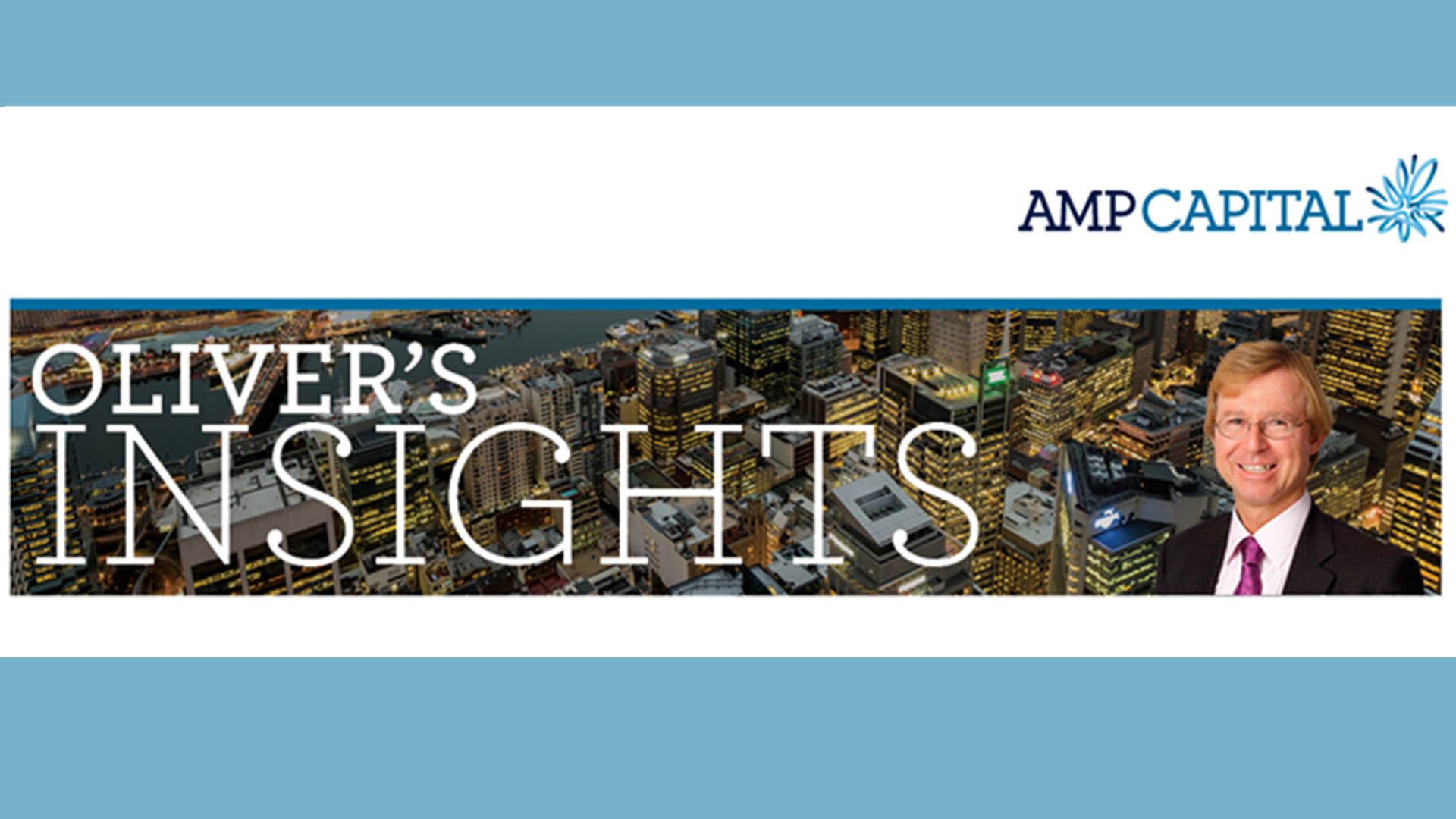The Reserve Bank of Australia has again kept interest rates unchanged – as expected by most economists – but remains ready to reduce them if needed should the economy require it.
The bank yesterday at its first board meeting for 2020 left the cash rate steady at 0.75% and Governor Phillip Lowe made it clear the central bank remains in watch and hold mode after three rate cuts last year.
The rate rise had no impact on the stockmarket but the Aussie dollar jumped back over 67 US cents and traded there going into early European dealings.
“With interest rates having already been reduced to a very low level and recognising the long and variable lags in the transmission of monetary policy, the Board decided to hold the cash rate steady at this meeting,” Dr. Philip Lowe said in yesterday’s statement.
“The Board will continue to monitor developments carefully, including in the labour market. It remains prepared to ease monetary policy further if needed to support sustainable growth in the economy, full employment and the achievement of the inflation target over time.”
Growth estimates were unchanged (as were unemployment) and there was no estimate of the impact of the bushfires and the coronavirus in China as it is too early. In fact, that steadiness surprised some economists and the market.
“The central scenario is for the Australian economy to grow by around 2¾ percent this year and 3 percent next year, which would be a step up from the growth rates over the past two years.
“In the short term, the bushfires and the coronavirus outbreak will temporarily weigh on domestic growth.
“The household sector has been adjusting to a protracted period of slow wages growth and, last year, to a decline in housing prices, with the result that consumption has been quite weak,” Dr. Lowe explained in his statement.
The bank maintained its long-held line that wages need to rise faster than they currently are.
“Wages growth is subdued and is expected to remain at around its current rate for some time yet.
“A further gradual lift in wages growth would be a welcome development and is needed for inflation to be sustainably within the 2–3 percent target range. Taken together, recent outcomes suggest that the Australian economy can sustain lower rates of unemployment and underemployment.
“The unemployment rate declined in December to 5.1 percent. It is expected to remain around this level for some time, before gradually declining to a little below 5 percent in 2021,” The statement read.
Inflation is not a problem (despite some silly commentaries over summer about how the impact of the fires would push up costs and inflation) remains low and stable as we saw last year with the CPI reading of 1.8% unchanged from 2018, but still well short of the bank’s target range of 2% to 3% over time.
“The central scenario is for CPI inflation to be around 2 percent in the near term and to fluctuate around that rate over the next couple of years. In underlying terms, inflation is expected to increase gradually to 2 percent over the next couple of years,“ the bank added.








